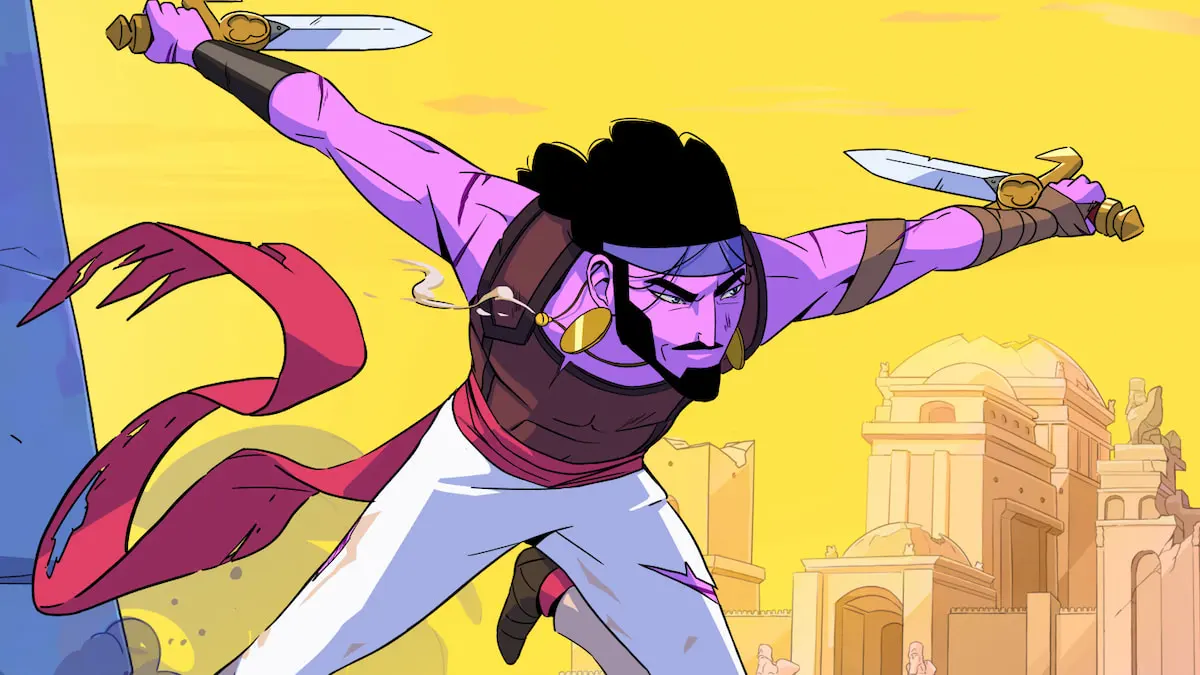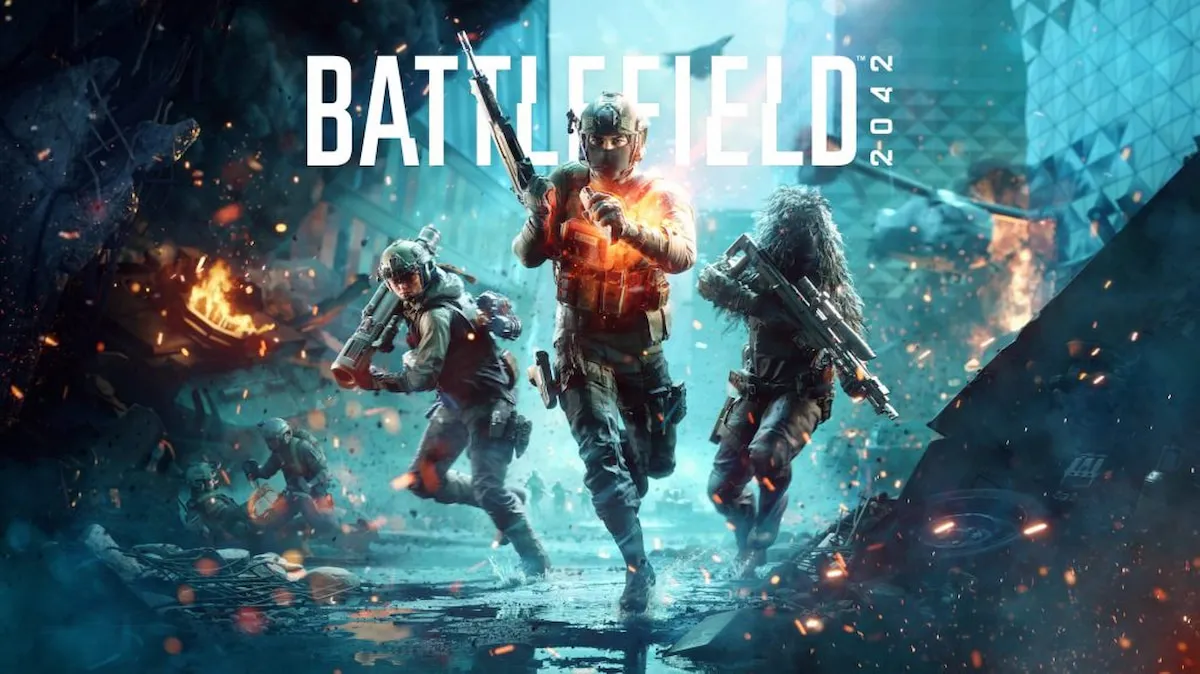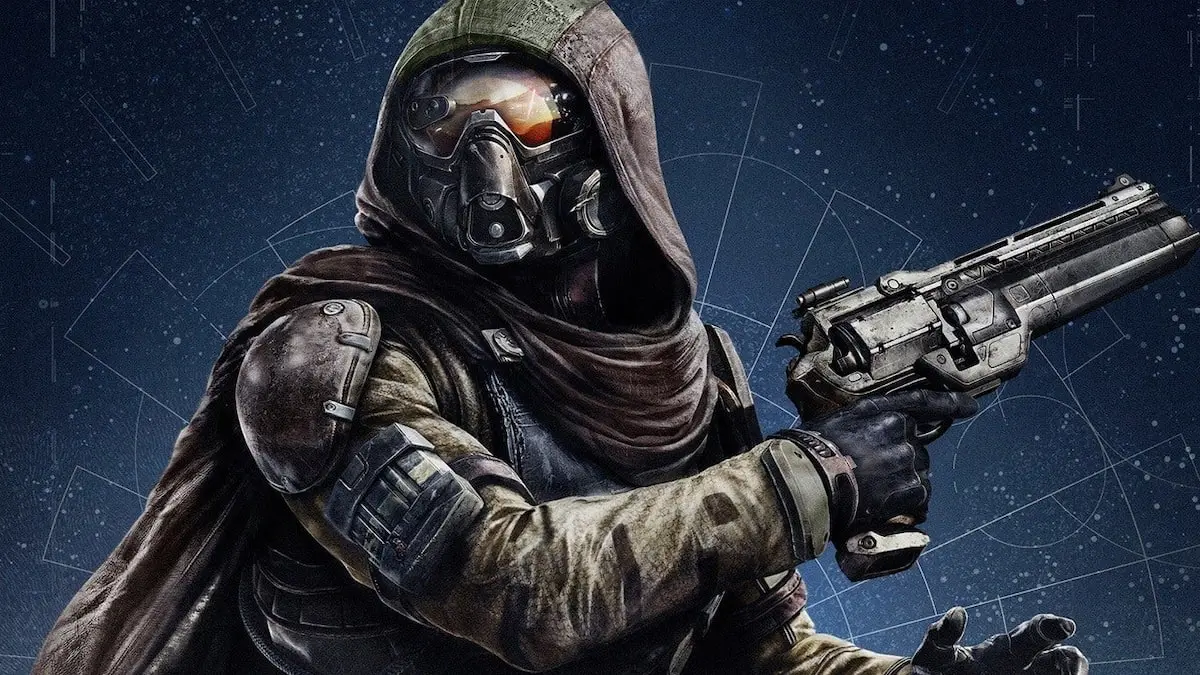I don’t quite understand everything John Carmack tells me. Some words and phrases he uses – megatexels, virtualised texture pieces, transcoding – fly over my head as effortlessly as one of his space-age rockets would. But I’m trying really hard, in amidst the din of Bethesda’s E3 2011 booth, and what I do understand blows my mind.
Carmack, the man who invented WASD video game control, the man who with Doom and Quake earned himself legendary status among PC gamers, comes across as invigorated by the triple-A, multi-platform development challenge Rage presents: it is not enough, now, to make a game sing on PC. It must sing across the PlayStation 3, Xbox 360 and the PC.
But Carmack is about more than the present. He is about the future, too. He’s about ten years from now, ten years from then, and then, perhaps, when consoles are no more. Will we then look back on moments like this and say: Carmack was right?
Eurogamer: You seem to be suggesting the console versions of Rage are as good as the PC version.
John Carmack: On a really high end PC you can run it at a much higher resolution. You can run it at two megatexels. You can run it with anti-aliasing on.
We break the world up into these virtualised texture pieces, so they’re all cut up into pages. The consoles only have enough memory for us to have 1000 or 2000. They’re limited on there where we actually can’t bring in as much data as we would like. So some of the areas wind up being a little bit blurrier and lower fidelity, because of the memory limits on the console.
On the PC, if you’re running on a high-end system, you can have four times as much memory available for it. That lets everything wind up looking crisper and a little bit less blurry in places.
But the downside is, despite a high-end PC being ten times as powerful as the consoles, we suffer a lot from API overhead. Because of the way id Tech 5 works, where we’re breaking it up into so many texture pieces and uploads, on the consoles we’re just like, I’m going to stick this in that memory right there and we just go do it.
While on the PC, OK we’re updating this one page here, which turns into a 1×1 tech sub image update. If you’re a programmer and you single step through what happens when you issue that on a PC it makes you want to cry. It’s so much extra overhead.
We’re working closely with NVIDIA, ATI, AMD and Intel to get this as good as possible. One of the things I’m really proud of is how Rage has championed a new extension. On the consoles we’re 60 frames per second. One of the things that always sucked about 60Hz games is traditionally, if you’re v-syncing on there, if you miss by a tiny bit it drops to 30FPS, which is catastrophic. That’s a fall off a cliff difference there.
So what we do on the consoles, where we have this tight control, is we say, OK, you’re going 60FPS, it’s v-syncing, there are no tear lines. But if you miss by a tiny little bit, we’ll let it tear at the top of the screen and we adjust the resolutions dynamically to let it catch back up.
We were able to convince all of the vendors to go ahead and implement that extension on Windows, so we’re now able to do that at 60FPS as long as you’ve got the horsepower. But if you get a hiccup, where it slows down a little bit, it reverts to tearing, which is exactly what we want for gameplay reasons.
That is still one of the cool things about being able to work with OpenGL extensions on there. As soon as we can present a compelling case to these guys, which is basically, look, this $200 console is playing smoother than your $2000 system on here, you need to fix this and here’s one of the steps you can do there, and they got it done. That’s still a good thing.
Eurogamer: The PlayStation 3 and Xbox 360 have been out for half a decade now. PC gaming is improving all of the time. Would you like to see the introduction of next-generation home consoles? Would it help you make games?
John Carmack: It’s interesting in that I don’t feel this current generation is close to tapped out. It’s different from previous console generations. If you go back a couple of generations, like a PSone or something, there were hundreds of programmers that knew what every bit in that machine did, and really had tried all the different reasonable directions you might go on there.
I don’t think there is a person in the entire world that even knows one of the current generation of consoles to that level.
Eurogamer: Despite them being out for five years?
John Carmack: There is too much there. If you just looked at the manual sets for everything about the core processor, the cell processors, the GPUs and the development environments on there, probably no-one even knows all the switches to the linker to optimise all the different things on here. It’s just too much information for one person to know at that level of detail. And hence there’s still unexplored territory for different ways to go about things.
So, I’m happy. I’d like us to do a few more games with all this technology we’ve leveraged on here. The next-generation will be here soon, in a couple of years. That’s going to be that much farther beyond that. It’ll be another ten times as powerful as this. I’d be surprised if that doesn’t last over a decade before people wind up saying, well, we’ve really tapped out everything you could possibly do on there.
Eurogamer: And then the merry-go-round continues.
John Carmack: At that point we’re closing in on the end of Moore’s law. It’s a scary thought to think, is the generation after the next one the last console generation, effectively?
The other thing you fight is, the better games get the harder you have to go to give a delta people care about. That’s going to be a challenge for the next-generation of consoles, to show that the pack-in title is going to look more awesome than what you get on the current ones that people will want to go spend $300 on a new console.
They’ll be able to do it on the next generation, but it’s going to be much harder. And whether it’s even possible another generation after that is an open question. There are lots of valid reasons to like a stable platform, to be able to have stable skill sets and tool sets to be able to build things in a controlled way without that terrifying jump.
There are a lot of factors that can go on there. And shoot, once we’re out ten years cloud-based gaming is almost a shoe-in. It’s not a shoe-in this year or next year, but if you look ten years out, piping everything over a broadband connection, there are huge advantages to doing that.
Video: Rage, due out in October, is the first game built on id Tech 5.
Eurogamer: Does that mean the end of home consoles?
John Carmack: It might. There are a lot of different factors there, where computing power is getting so ridiculously cheap and we carry so much of it around. People’s telephones could be their home console, and it just beams over to the TV set when they’re there and they want that experience. Do we want these separate walled gardens: here’s what we’ve got on our PC, here’s what we’ve got on our console, here’s what we’ve got on our mobile phone?
There’s at least an argument that you wind up carrying around enough processing power with you to satisfy all of those and you dock them into different things when you go there. It could play out in lots of different ways. There’s not one valid path to the next-generation of technology.
It’s all fascinating, interesting stuff. I’m completely happy to go work on the next-generation, super computer console. I love working on mobile stuff. Cloud-based infrastructure has lots of interesting technical challenges of its own as well as development wins for doing things that way.
That’s at least three directions things could go right there. And any one of them could wind up dominating in some way.
Eurogamer: But for the time being you’re happy with the PlayStation 3 and Xbox 360?
John Carmack: I really am. We’ve got other games in development now that are working with this. There’s still a lot more we can use. We’ll suck up any resources that are given to us. If people come out and say, OK, now you’ve got four gigs of RAM and all this, we’ll happily use it. It’ll make our lives better. The games will get better. The graphics will get better. Things will improve in a lot of ways.
But I’m not feeling terribly constrained by this current generation yet.
Eurogamer: One of the more exciting announcements at E3 this year was the Wii U. As one of the pioneers of video game graphics, does it interest you?
John Carmack: It’s a perfectly valid target for our id Tech 5 development platform. When we started off we looked at this and said, well, we can clearly do 360, PS3 and PC. This is obvious and it works really well. But the Wii was far enough down that none of the technologies we did, like the virtualised pages, were appropriate for it. It didn’t have the memory or the processing power for transcoding. You couldn’t use that technology base.
We actually talked about using something akin to the technology I did for the iOS Rage game for the Wii. That would have worked perfect. It would have played to the optical disc. It would have gone really well. But we had decided as a publishing house that getting into the Wii market with an action, hardcore shooter game was probably not the right thing. It didn’t look like people were making money there. Generally, the customers who want that game, they may have a Wii, but they’ve also got something better they can play it on. So we probably made the right call there.
It’s going to be very interesting to see what the marketing uptake of the Wii U is. If they’re able to convert a lot of their existing Wii customers that are not hardcore gamers, that don’t have the other consoles, then yeah, I’d certainly be interested in moving our technology over there.
Eurogamer: What do you think of the local touch-screen?
John Carmack: That’s a pretty good direction. In many ways that has much more general applicability than the motion controls Microsoft and Sony are pushing. The motion control stuff is technically really cool, and I’d love to do an Xbox Live title or something like that to play with it.
New iOS devices are really more important than a lot of the next-generation graphics stuff. That’s going to make more of a difference. It’s cool people are still trying these risky high dollar bets. But we talk about it with Rage. It’s not at all obvious how you take a game you’re expected to be doing these fine movements in a dual thumbstick mode, and somehow do some wavy motion control thing with it. The gun type approach with Move makes some clear sense on there.
The bottom line is, motion control can’t be tacked on to a lot of different types of games. You need a game designed for motion control. While local touch-screen is something practically any game could derive some value out of.
Eurogamer: How would you do that with a game like Rage?
John Carmack: Well if you have a split-screen multiplayer game and local set-ups, just having in many cases more status information. Games have trended towards less and less on-screen for good visual aesthetic reasons. But there’s a lot of additional information.
In Rage, being able to glance down and check your load-outs without having to pop up and look at the scrolls there is actually a faster thing. Being able to look at inventory stuff, or even build engineering items. Just being able to have six extra buttons down there, you could say, I want to build a sentry drone right now, or a turret.
When the DS came out a lot of people wondered, what kind of a weird thing is this? Is this just some bizarre gimmick on here? But DS games get a lot of use out of the bottom screen. You’ll still see some games that are more or less single screen games. But lots of games have made lots of good use from that.
Motion control is a big step for a lot of people. An extra screen with touch control will get adopted really quickly.



